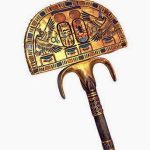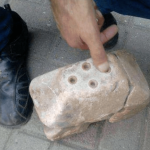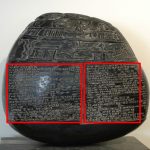historic remnants: The Metropolitan Museum of Art’s reconstruction of Pharaoh Hatshepsut’s granite sphinx
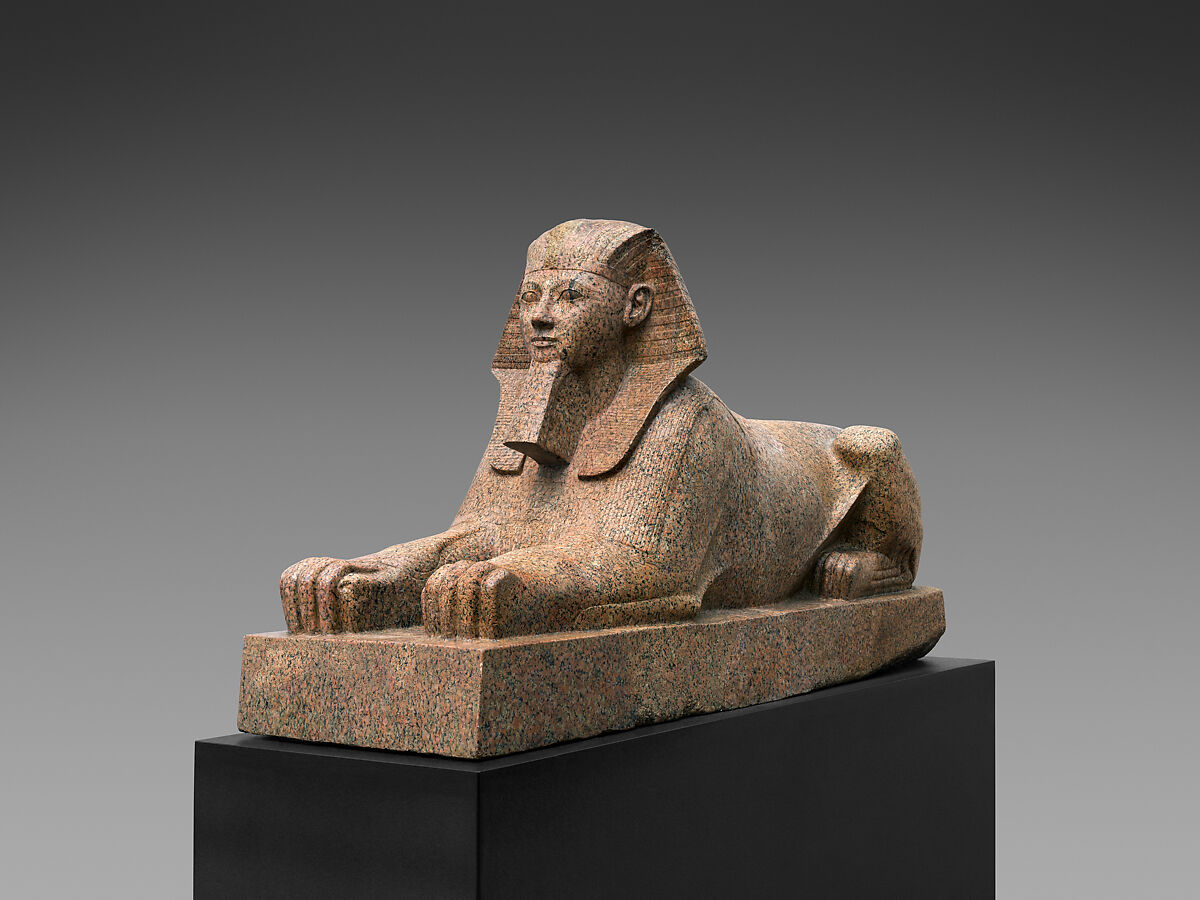
In the annals of ancient Egypt, amidst the grandeur of pharaonic rule and the echoes of dynastic power, one figure stands out as a testament to both greatness and controversy: Queen Hatshepsut, the female pharaoh who defied convention and left an indelible mark on the sands of time. Among the relics that bear witness to her legacy, none is more striking than the colossal granite sphinx that now rests in the hallowed halls of The Metropolitan Museum of Art in New York City.
Carved from the rugged stone of the Egyptian quarries, this magnificent sphinx once stood as a guardian sentinel at Hatshepsut’s mortuary temple in Deir el-Bahari, a sacred site on the west bank of the Nile, opposite Luxor. Towering over seven tons in weight, it bore silent witness to the splendor of Hatshepsut’s reign, a time of prosperity and cultural flourishing during the 18th Dynasty.
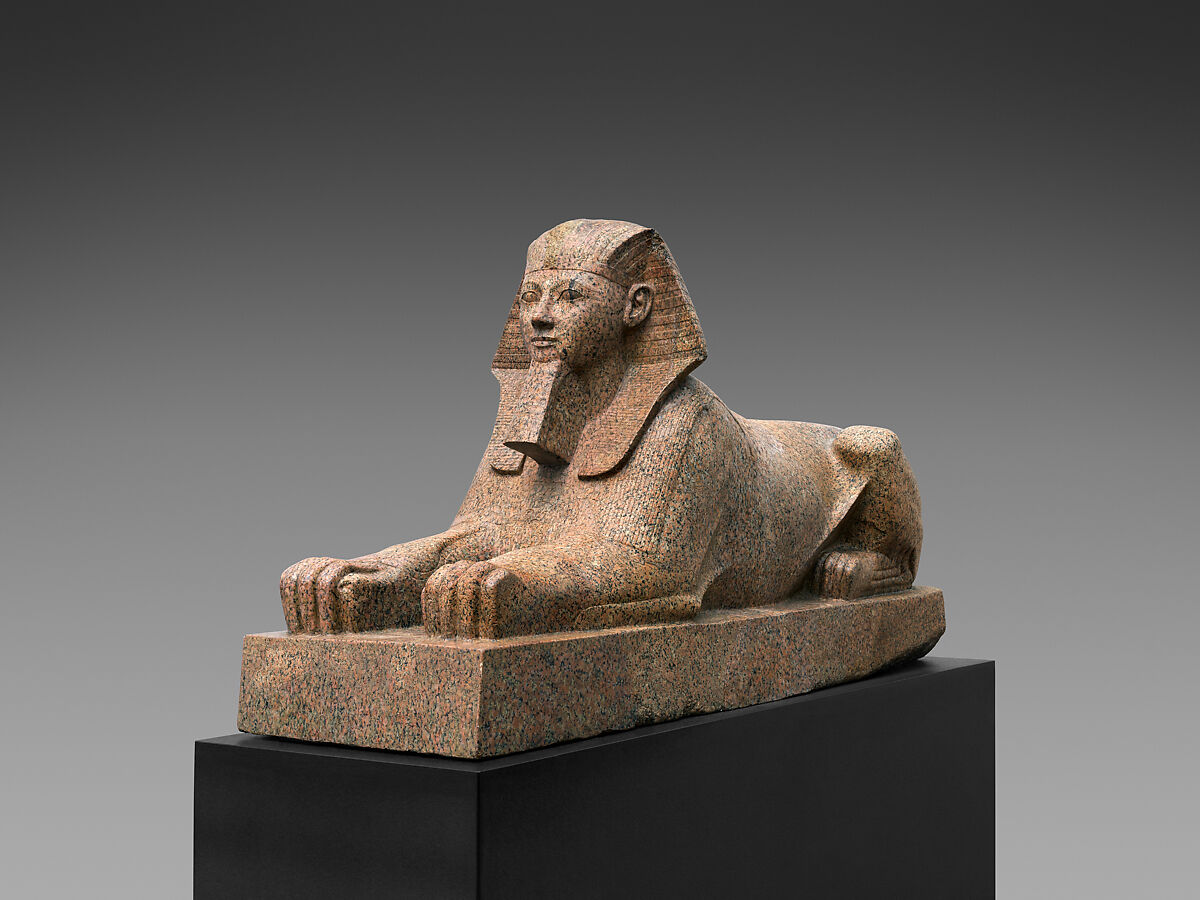
The sphinx, crafted during the joint reign of Hatshepsut and her nephew Thutmose III, symbolized the enduring power and authority of the pharaoh. Its imposing presence, with its enigmatic gaze and regal countenance, commanded reverence and awe from all who beheld it. Yet, as with many aspects of Hatshepsut’s rule, the story of the sphinx is tinged with intrigue and betrayal.
Well into his independent reign, Thutmose III, perhaps resentful of his aunt’s unprecedented rise to power, ordered her statues to be smashed and her memory erased from history. The sphinx, once a symbol of her glory, lay shattered and scattered amidst the debris of the quarry near her mortuary temple.

But history has a way of resurrecting itself, and so it was that the fragments of Hatshepsut’s sphinx were rediscovered centuries later, waiting patiently to be pieced together by the skilled hands of conservators. In a feat of archaeological ingenuity, the experts at The Metropolitan Museum of Art undertook the monumental task of reassembling the broken pieces, breathing new life into the ancient relic and restoring it to its former glory.
Today, as visitors gaze upon the reconstructed granite sphinx, they are transported back in time to an era of pharaonic majesty and intrigue. The sphinx, with its weathered features and timeless aura, serves as a tangible link to the past, a testament to the resilience of human ingenuity and the enduring legacy of Hatshepsut’s reign.

In its silent eloquence, the sphinx speaks volumes about the triumphs and tribulations of ancient Egypt, offering a window into a world of gods and goddesses, kings and queens. And though the sands of time may have obscured many of the details, the essence of Hatshepsut’s reign lives on, immortalized in the granite form of her majestic sphinx.
As the sun sets over the horizon, casting its golden glow upon the storied halls of The Metropolitan Museum of Art, Hatshepsut’s sphinx stands as a silent sentinel, bearing witness to the ebb and flow of history and reminding us of the timeless allure of Egypt’s ancient past.



